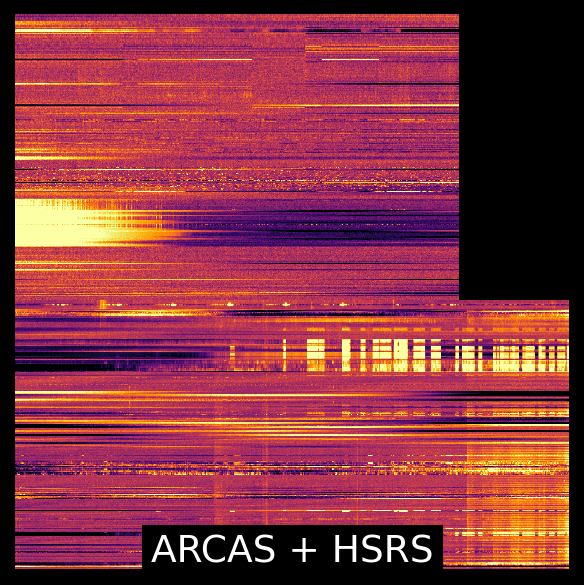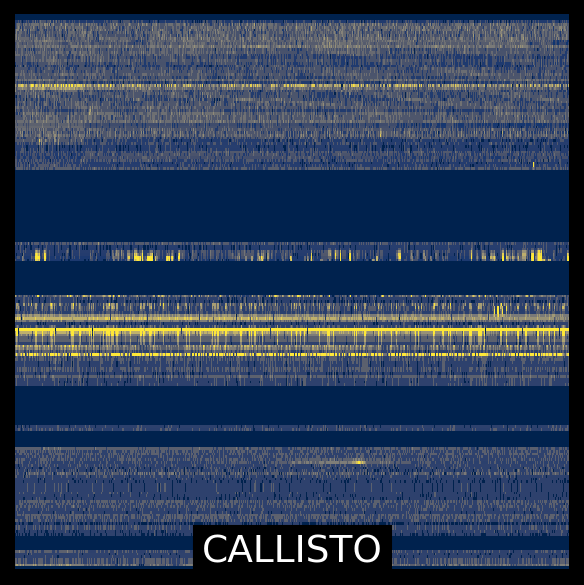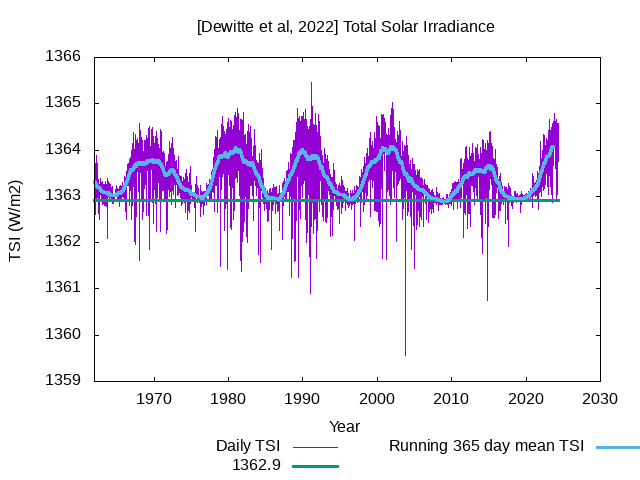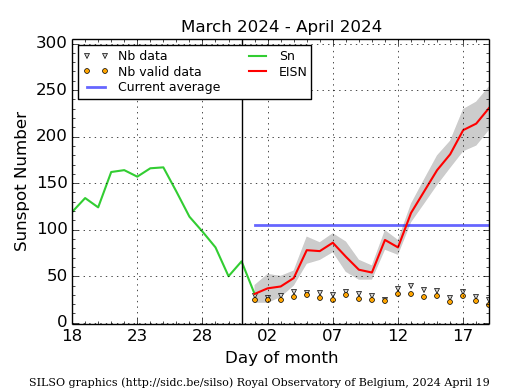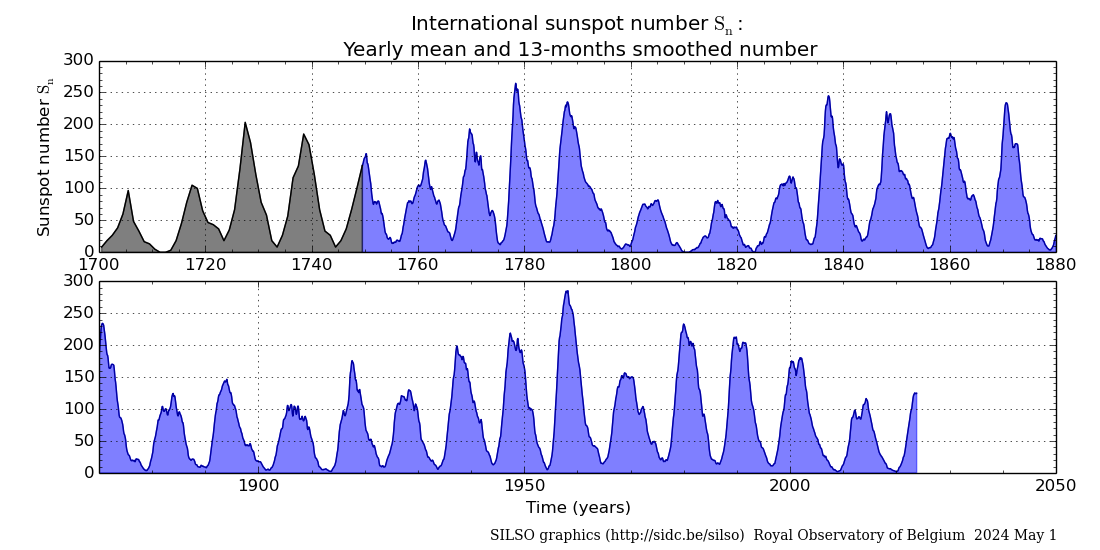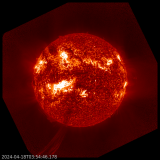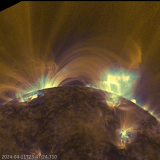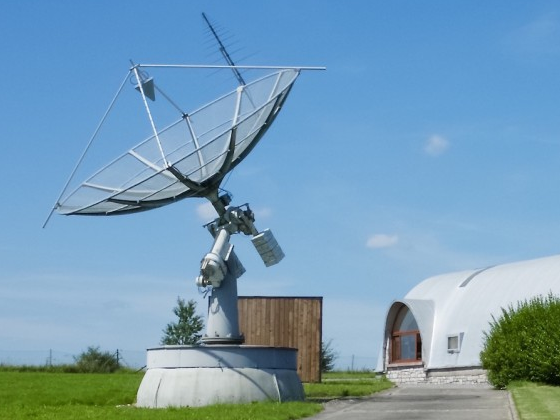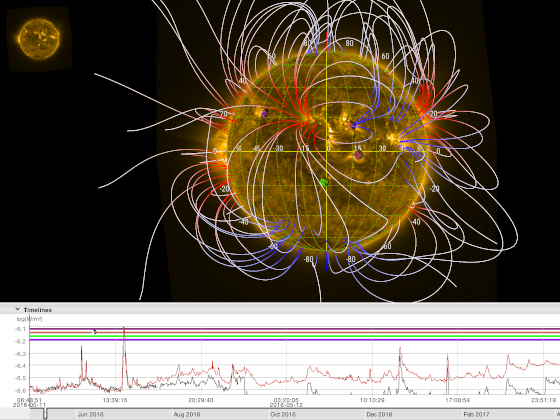Solar flaring activity was at moderate levels over the past 24 hours with only two low M-class flares. There remain 16 numbered active regions on the visible solar disc. NOAA AR 3645 (beta) is now rotating behind the west limb. NOAA AR 3643 (beta-gamma) and NOAA AR 3648 (beta-gamma) have decreased their complexity, while NOAA AR 3654 (beta-gamma) has exhibited growth and increased its magnetic complexity. The strongest activity was an impulsive M1.4 flare, start time 17:03 UTC, end time 17:16 UTC, peak time 17:12 UTC on April 25th produced by NOAA AR 3638 (beta) from behind the west limb. The solar flaring activity is expected to be at low to moderate levels over the next days with likely M-class flaring and decreasing chances for isolated X-class flaring.
No Earth-directed coronal mass ejections (CMEs) have been observed in the available coronagraph imagery over the past 24 hours.
A positive polarity mid-latitude coronal hole continues to reside on the central meridian in the southern hemisphere. The high speed stream emanating from it might arrive to Earth on April 28th, possibly superimposed with expected preceding high speed stream arrival.
Over the past 24 hours the greater than 10 MeV GOES proton flux was at background levels and is expected to continue so over the next days, pending any fast eruptive solar activity.
The greater than 2 MeV electron flux as measure by GOES 16 and GOES 18 has briefly exceeded the 1000 pfu threshold over the past 24h and has currently returned back to low values, well below the1000 pfu threshold. The greater than 2 MeV electron flux as measure by GOES 16 and GOES 18 is expected to remain below the 1000 pfu threshold in the upcoming days. The 24h electron fluence was at boundary of nominal to moderate level and is expected to be at nominal levels during the upcoming days.

